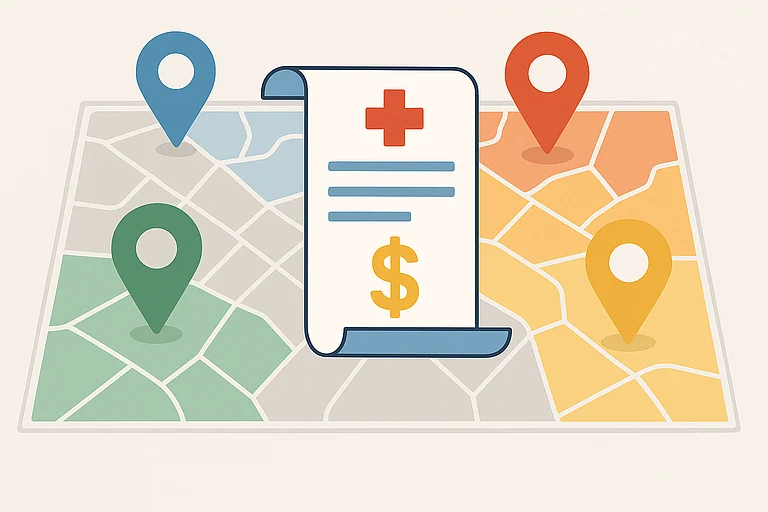Indian households are facing steep financial pressures when it comes to taking care of their health. Even though the government-backed schemes like Ayushman Bharat are successfully expanding their reach, many families are still struggling to cover their healthcare costs.
A new report from Swiss Re finds that OOP (short for out of pocket) medical spending is one of the major factors that is stressing people, and it has only worsened since 2017.
The study, titled Asia Life & Health Consumer Survey 2025 finds that India has reported one of the steepest increase in stress related to medical expenses among all 12 Asian countries surveyed. And while other emerging markets like Indonesia and Vietnam are facing similar problems, India's case stands out.
Health Protection Gaps in India
The problem is more severe because a large portion of the population is still underinsured or entirely uninsured and even those who have some cover often find that it is not enough to protect them if any medical emergency arises.
The health protection gap in Asia, according to this report, stood at $258 billion in 2024, up 21 per cent from 2017. This gap can be understood as health expenses not covered by insurance or any public health programme that cause financial strain on people. The data is based on a survey of over 12,000 people in both emerging and developed markets.
India was not the only country facing a widening gap, Japan, for example, also reported a large increase, but the reasons differ such as ageing and chronic illness that is pushing medical costs higher, whereas in India, it is a mix of affordability issues, low insurance uptake, and a young but growing population increasingly seeking better care.
The gap in India was the second-largest in Asia, after China's. But unlike China, where healthcare reforms have improved access and affordability in recent years, Indian families say they are finding it harder than ever to pay for care.
This is despite improvements in government spending. The study notes that government initiatives like Ayushman Bharat and various state-level schemes have made care more accessible to low-income groups, however, the coverage on ground is highly uneven.
This is because not all groups are eligible for these schemes despite being unable to bear healthcare costs and many services remain out of reach for both those who are eligible or not, without substantial spending out of their own pockets.
The report notes that the country's low disposable income levels and patchy public health infrastructure are adding to the financial stress across a wide spectrum of the population.
What kind of diseases are pulling more OOP expenses in India?
The study highlights that there are certain 'types' of health conditions which are driving this gap.
Chronic illnesses like diabetes, and critical diseases such as cancer, account for nearly all of the financial strain households report. Unfortunately, insurance products have not kept pace with these changing health needs, the report states.
Critical illness policies are still mostly binary: either a diagnosis is confirmed and the payout is made, or it is not, leaving many people exposed even when they do have insurance.
Challenges that Persist
One of the biggest hurdles, the study notes, are awareness and perception. In India, many consumers hesitate to buy insurance because they are not convinced it is good value. Some are not sure how it works while others simply can't afford it.
According to the survey, fear of unemployment and inflation were among the top concerns for Indian households, often pushing insurance purchases down the priority list.
How can the insurance industry bridge this gap?
In terms of solutions, Swiss Re suggests moving towards severity-based insurance designs, where payouts are linked to how advanced or functionally disabling a disease is. This, the report argues, would better match real-world needs and help make insurance more affordable over time.
It also suggests 'bundled policies' that combine life and health coverage could also help reduce costs and make insurance simpler to understand.
Then there is also a case for building in 'preventive care'. Based on its survey findings, the report noted that consumers across Asia are showing a strong interest in value-added features in their health insurance policies like health check-ups and screenings.
In fact, check-ups and diagnosis are the type of medical expenses that majorly pull up 'out-of-pocket' expenses from people. If they are appropriately covered in health plans, they would not only help detect issues earlier but could also reduce long-term costs, for both insurers and families.














